GM Death Watch 172: Buick's Enclave
In 280 BC, King Pyrrhus took on the might of the Roman Army– and won. In one of history’s most insightful strategic assessments, the King surveyed the corpse-littered battlefield and concluded, “one more such victory shall undo us.” Since then, the term “Pyrrhic victory” describes a conflict in which a force expends so much energy winning a battle that it loses the war. It’s a lesson General Motors seems determined not to learn. The latest chapter in this continuing saga of self-delusion: the Buick Enclave. The Enclave is a false promise that illuminates GM’s strategic poverty, and its resulting weakness.
By now, Buick should be dead, its resources folded into the remaining GM brands for the greater good. The fading tri-shield is an icon for retirement home parking lots. The average buyer’s age is 65. U.S. sales have tumbled to just under 186k vehicles in 2007, falling by more than 50 percent in five years. In fact, Americans purchased fewer Buicks in 2007 than in 1937, during the Great Depression. Even Oldsmobile was moving more metal when it was axed in 2000.
But a funny thing happened on the way to the graveyard: last year’s launch of the Buick Enclave. The crossover garnered the sort of positive buzz that was once unthinkable for a Buick. The Lambda-platform CUV has earned accolades usually reserved for luxury imports, with waiting lists and inventory shortages to match. It’s not just the fanboys– even the Wall Street Journal, Automotive News and the Guardian has trumpeted its success.
Some of the resulting optimism for the Buick brand is understandable. Enclave buyers belong to a highly coveted pool, sporting an average age of 53 and median annual household incomes of $130k. By appealing to high earners, the Enclave generates substantially higher revenues than its fellow Lambda triplets. J.D. Power reports recent average transaction prices of $38,479, $3500 greater than the mid-tier GMC Acadia and more than $5600 above the Saturn Outlook. Thanks to Enclave’s sales performance, Buick’s overall transaction prices increased 16.1 percent over the year, substantially outperforming the industry average of 0.6 percent.
The actual sales figures, however, are less inspiring. At its current sales pace of about 45 – 50k units per year, Enclave deliveries lag behind such rivals as Lexus RX and Ford Edge, as well as its badge-engineered brother, the GMC Acadia. Those hoping for a Lambda-based home run will need to find another ballpark.
A closer look at the much-ballyhooed inventory shortages reveals that the General botched the Enclave’s launch. The CUV’s initial scarcity was not caused by staggering demand, as GM had boasted. Rather, a parts shortage was the culprit, suggesting a mismanaged supply chain. Moreover, Buick’s previous CUV experience could be a bad omen for the new kid in town. The Rendezvous also initially outperformed expectations before it fell off the charts, fell into a rat hole and died.
Buick’s ongoing plunge is dramatic enough to make the Titanic look seaworthy. Buick’s sedan lineup is speeding toward irrelevance. Sales in 2007 tumbled 23 percent, as the Lacrosse and Lucerne both posted double-digit declines. 2008 promises to be a repeat; year-to-date March deliveries are down almost 15 percent from last year.
This hemorrhaging poses a palpable threat to the Enclave’s future. The Enclave delivers high-potential customers who are all dressed up with no place to go. The brand is effectively a one-vehicle outpost, incapable of exploiting Enclave’s boomer appeal.
Consequently, Buick’s future rests squarely on the shoulders of the upcoming 2010 Lacrosse sedan. The new car must win over youthful import buyers if the badge is to escape its malaise. Easier said than done. After all, it is the failure of the current Lucerne and Lacrosse that created this dilemma in the first place. A Vegas craps table would offer better odds.
The Enclave is a good soldier, but it was drafted by the wrong army for the wrong battlefield. With its stylish looks and near-luxury positioning, the Enclave embodies just about everything a Cadillac should be. Meanwhile, Cadillac is set to update the SRX and add a second CUV. All this while Chevrolet introduces a fourth Lambda-based CUV that looks remarkably like… the Buick Enclave.
For cannibals craving barbeque, the buffet will not be lacking for choice.
So it’s déjà vu all over again. Instead of acting decisively to rebuild their supreme marque and take it into battle against Lexus, BMW, Audi and Mercedes, GM is dedicating scarce resources to wage a civil war. The Enclave represents an obvious return to the not-so-distant past, when the domestic automaker garbled its branding to grab every sale possible, long-term consequences be damned.
GM can’t afford this kind of success. In their efforts to rescue every badge, GM is winning some battles– and losing the war. If The General is to survive, it must bury Buick, marshal its forces and move on.
More by Adrian Imonti
Latest Car Reviews
Read moreLatest Product Reviews
Read moreRecent Comments
- Corey Lewis It's not competitive against others in the class, as my review discussed. https://www.thetruthaboutcars.com/cars/chevrolet/rental-review-the-2023-chevrolet-malibu-last-domestic-midsize-standing-44502760
- Turbo Is Black Magic My wife had one of these back in 06, did a ton of work to it… supercharger, full exhaust, full suspension.. it was a blast to drive even though it was still hilariously slow. Great for drive in nights, open the hatch fold the seats flat and just relax.Also this thing is a great example of how far we have come in crash safety even since just 2005… go look at these old crash tests now and I cringe at what a modern electric tank would do to this thing.
- MaintenanceCosts Whenever the topic of the xB comes up…Me: "The style is fun. The combination of the box shape and the aggressive detailing is very JDM."Wife: "Those are ghetto."Me: "They're smaller than a Corolla outside and have the space of a RAV4 inside."Wife: "Those are ghetto."Me: "They're kind of fun to drive with a stick."Wife: "Those are ghetto."It's one of a few cars (including its fellow box, the Ford Flex) on which we will just never see eye to eye.
- Oberkanone The alternative is a more expensive SUV. Yes, it will be missed.
- Ajla I did like this one.
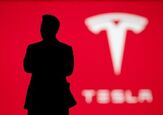
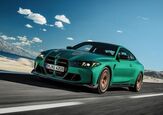

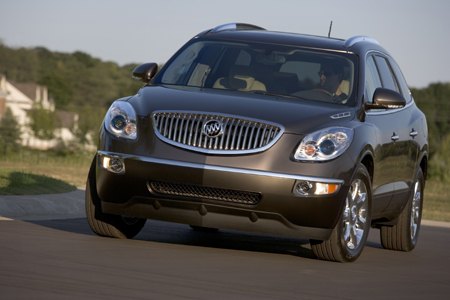












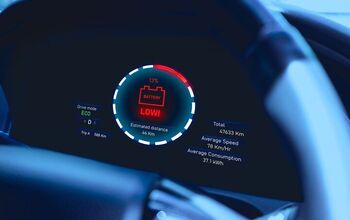
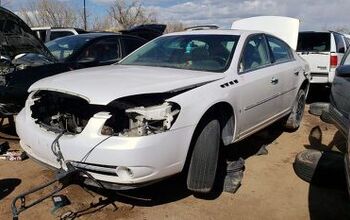
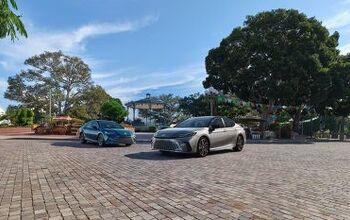
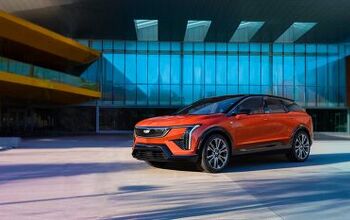
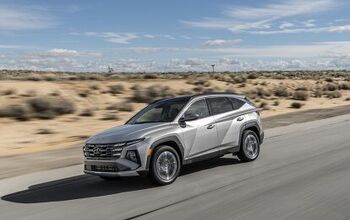
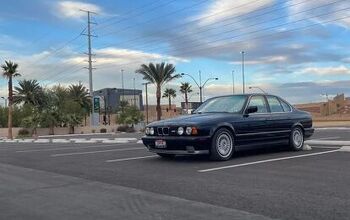
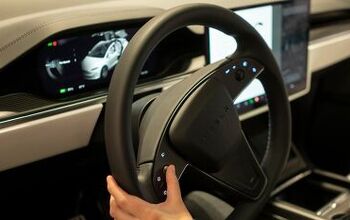
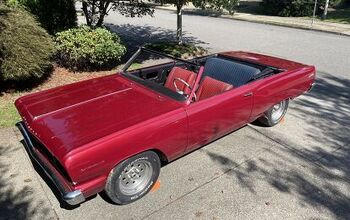
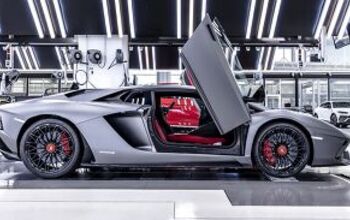
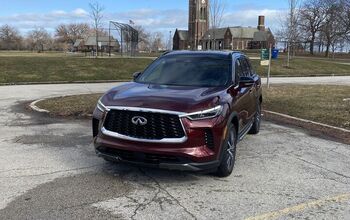
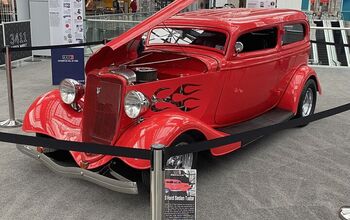
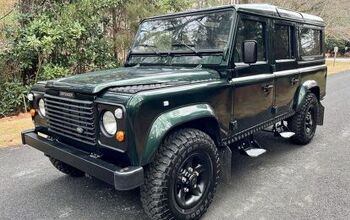
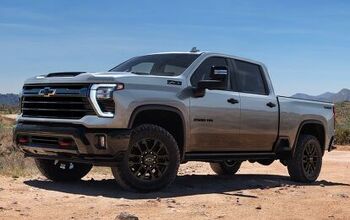
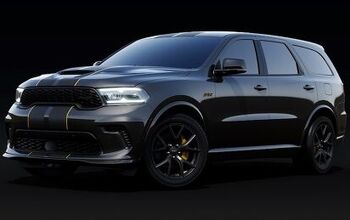
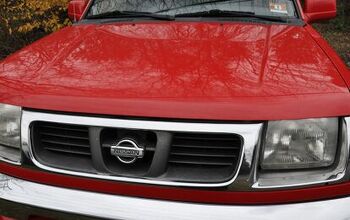
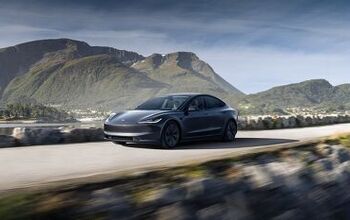
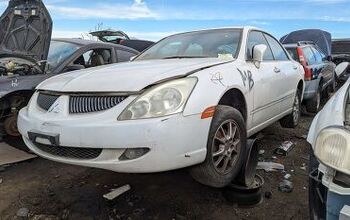

Comments
Join the conversation
The issue isn't about too many brands as some say. It's about control. "Control! Control! You must learn control!" Unfortunately, GM has never really learned control. Back in 1971 GM launched the Pontiac Ventura to give Pontiac dealers the small car that the wanted so badly. However, good ol' John Z. DeLorean didn't like this because GM had promised Chevy dealers several years earlier that the only small car GM would make would be a Chevrolet. DeLorean also knew that Novas were flying off of Chevrolet lots and that the dealers were having difficulty getting enough cars to fill the demand. So, GM would not only break it's promise to the dealers, but it would also deny them the expanded inventory they needed. DeLorean knew it would turn out bad, and protested it greatly. As predicted, the Chevy dealers started to resent GM more than before while Venturas sat on Pontiac lots for months due to lack of buyer interest in their costlier small car. GM, you can have multiple brands, but you has to "unlearn what you have learned." Back in the forties, when the Sloan system was in full force, GM only really had one or two cars per division. Sure, they had different bodystyles (coupe, wagon, sedan) but the engines and chasis stayed pretty much the same. It was only in the fifties and sixties that they decided to have half a dozen models per brand. It made sense when it ruled half of the market and also cleared America of smaller competitors. But now, in order to make half a dozen unique models (no rebadges) for seven different brands it would take an inordinate amount of time and especially money. Even other large coroprations, like VW, share platforms and engines. But VW can only have as many divisions as it does because they greatly differ in price and some are very limited in production capacity. GM's gotta space the brands, kill a few off, and limit the number of models per brand. Notice, how I didn't say "or" in that last sentence. I know GM's trying to be a bit "budget" with it's brands. They're always talking about how they're beating the competition on price, but keeping even Cadillac at lower prices compresses the whole GM hierarchy. Saturn can be eliminated because none of it's models are unique in any way. GM created Saturn as an import-style division, but it doesn't need a separate division if its normal cars were as good as the imports. It's strange because even the Accord has gotten bigger, heavier, and more traditionally American with the newest version, so shouldn't GM just make a really good Malibu? I appreciate getting foriegn goodies, like the new Astra, but why can't they just make it a Pontiac? I generally believe that they are making Saturn more like Opel simply because they can penny-pinch when they import models and not have to make new bodypanels or anything. Saab(aeronautical) has also expressed interest in buying Saab(automotive), so GM can easily get rid of it without killing it off and upsetting the Swedes. And I'm sure there are plenty of potential suitors for the money-making machine that is Hummer. Real easily, GM can get rid of three brands that have virtually no past with the company compared to their more historic divisions. With more space inbetween, it makes it much easier for the divisions to make cars without dancing on each other's toes.
I'm gonna bring this one back to life... A lot of good points here...most notably is that the Enclave SHOULD be turned into a Caddy. That would be a great fit for the car. I agree that the brand is on life support. But I also think that they should lose Pontiac and Hummer. Now the Enclave on it's own merrits...is a very promising car. My wife and I are considering a replacment for my FX35...it's been a stellar car, and we just need a touch more space. The Honda Pilot has seen a nice face lift IMHO...but is under powered and that dash is DREADFUL! But there is tons of spaces and well...it's a Honda. The Enclave was a real eye opener. The car looks unlike anything else out there...and I quite like it. It also drives great, has tons of room, is DEAD QUIET, and I really like the 7 person configuration with the 2 bench second row. It's not without flaw....some of the plastic molding on the door and dash are a bit cheap looking, but it blows the Honda out of the water. Put a Japanese label on this car, and we'd be singing it's praises. Oh and I am 40...my wife is 33...so we are certainly outside of the typical Buick demographics. Will we buy one? Not sure yet...but it's a serious contender. RIDE